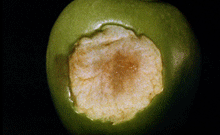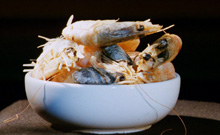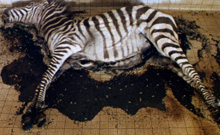Stop motion animation is actually one of the oldest forms of animation, pioneering all other animation techniques in its base idea of frame-by-frame motion. It involves the physical manipulation of real-life objects in order to create an illusion of them moving. There are many different ways of doing stop motion, including: puppet animation, clay animation, cutout animation, object animation and more. Popular examples include Corpse Bride (2005) and the recent Fantastic Mr. Fox (2009), both of which use puppet animation.
All these techniques are a way of manipulating reality. Reality can be controlled and manipulated by incremental changes to individual photographs to change the perception of the viewer. Most obvious is the altering of speed and time by which a viewer sees the objects motion.
Speaking in terms of speed and time, another related technique includes time lapse. This technique involves capturing its subject at a slower frame rate so that when played back normally, it seemingly moves faster. The first use of this technique was in motion picture Carrefour De L'Opera (1897) by Georges Méliès. Although captured in a different manner to stop motion, time-lapse characteristics are equally capable of enabling a manipulated reading of reality.
In Peter Greenaway’s film A Zed and Two Noughts (1985), there are scenes of decomposing animals using the time-lapse technique to speed up a process that would normally take days and weeks. By showing a process that would usually take much longer and condensing it into several seconds is already a form of manipulating reality. While watching these scenes, one may feel like time is moving faster not only for the setting in the film, but for the reality of the viewer.
The idea of manipulating the passage of time is extremely influential in architectural settings and film. One of the most common examples of this is time lapsing cloudscapes and scenic landscapes to show change in time of day and changing seasons respectively.











